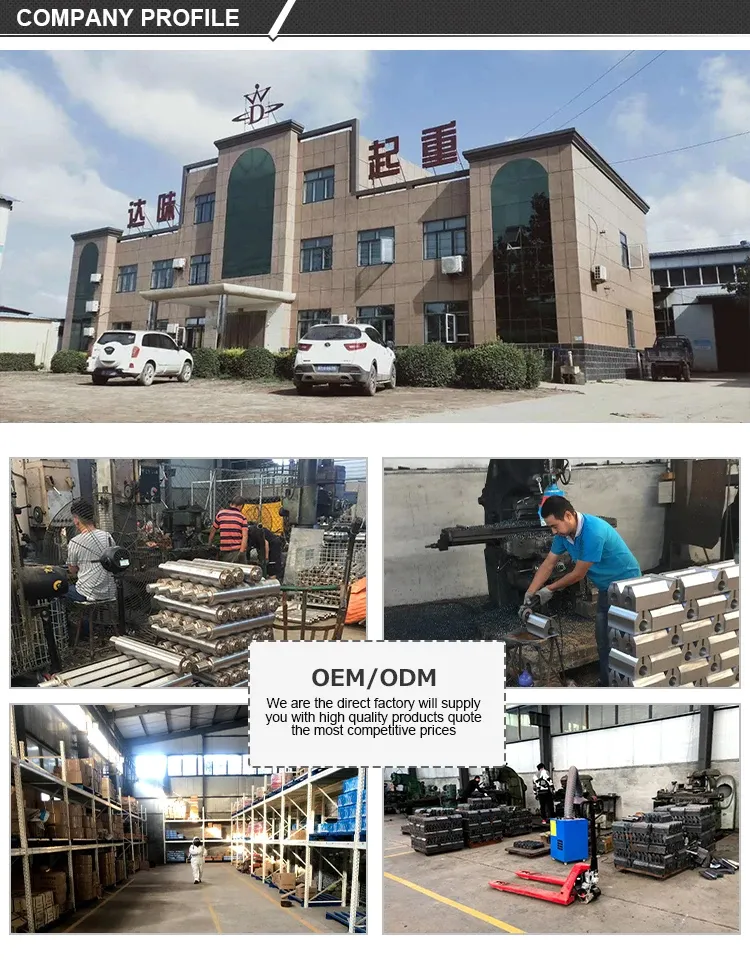Exploring Crane Gantry Girder Design and Applications in Modern Construction Projects
Understanding Crane Gantry Girders Key Features and Applications
Gantry girders are an essential component of crane systems, particularly in environments where heavy lifting and precise material handling are crucial. These girders form the backbone of gantry cranes, which are widely used in various industries, including construction, manufacturing, and shipping. This article will delve into the structure, advantages, and applications of crane gantry girders, providing insight into their significance in modern industrial operations.
Structure and Design
A gantry girder is typically made from steel or reinforced concrete, designed to support the weight of the load and the crane mechanism itself. These girders are horizontal beams that are mounted on vertical supports, often referred to as legs or columns. One of the key features of a gantry system is its overhead design, which allows it to operate without intruding into the workspace below. This design is particularly advantageous in settings where floor space is limited or where materials need to be moved across obstacles.
The design of a crane gantry girder must take into account several factors, including load capacity, span distance, and environmental conditions. The span distance, which refers to the length between the vertical supports, can vary significantly depending on the specific application. Proper engineering and structural analysis ensure that the gantry girder can withstand dynamic loads, including the weight of materials being lifted and forces generated during movement.
Advantages of Gantry Girders
One of the primary advantages of using crane gantry girders is their versatility. Unlike fixed cranes that require extensive installation and can only operate in a designated area, gantry cranes can be moved along tracks. This mobility allows them to serve multiple workstations, making them an efficient choice for logistics and warehousing operations.
crane gantry girder

Another advantage is the ability to customize gantry girders to fit specific operational needs. They can be designed in various sizes and load capacities, allowing industries to tailor their lifting systems to match the requirements of their workload. Furthermore, gantry cranes can be equipped with different lifting devices, such as hooks, electromagnets, or specialized end-effectors, to handle a wide range of materials.
Applications in Different Industries
Gantry girders are prevalent in several sectors due to their reliability and efficiency. In construction, they are used to assist with the movement of heavy materials, such as steel beams and concrete blocks, which are vital in erecting structures. Their overhead design allows for the effective use of ground space, enabling construction sites to maximize productivity.
In manufacturing, gantry cranes are utilized for assembly line operations, loading and unloading materials, and transporting components between different production stages. Their ability to handle large, heavy items reduces manual labor and enhances safety by minimizing the risk of injuries associated with lifting.
Shipping and logistics operations also benefit significantly from crane gantry girders. In ports and warehouses, these cranes facilitate the movement of containers and pallets, streamlining the loading and unloading processes. Their flexibility allows for quick adjustments depending on changing demands, making them an indispensable tool in supply chain management.
Conclusion
Crane gantry girders play a critical role in enhancing operational efficiency across various industries. Their robust design and versatility make them suitable for a wide range of applications, from construction sites to manufacturing facilities and logistics hubs. By understanding the structure and capabilities of gantry girders, businesses can make informed decisions on integrating these systems into their operations, ultimately leading to increased productivity, safety, and efficiency. As industries continue to evolve, the importance of crane gantry girders will only increase, underscoring their value in modern material handling solutions.
-
Unlock Seamless Relocation with Our Heavy Equipment Moving ExpertiseNewsJun.06,2025
-
Unleash Unrivaled Flexibility with Our Adjustable Gantry CraneNewsJun.06,2025
-
Unleash Heavy-Duty Efficiency with Our Industrial Gantry Crane SolutionsNewsJun.06,2025
-
Revolutionize Steel Handling with Our Magnetic Lifter RangeNewsJun.06,2025
-
Master Equipment Mobility with Premium Machinery Mover SolutionsNewsJun.06,2025
-
Elevate Your Material Handling with Magnetic Lifter TechnologyNewsJun.06,2025
-
YS Permanent Lifting Magnets: The Smarter Way to Handle SteelNewsMay.22,2025
